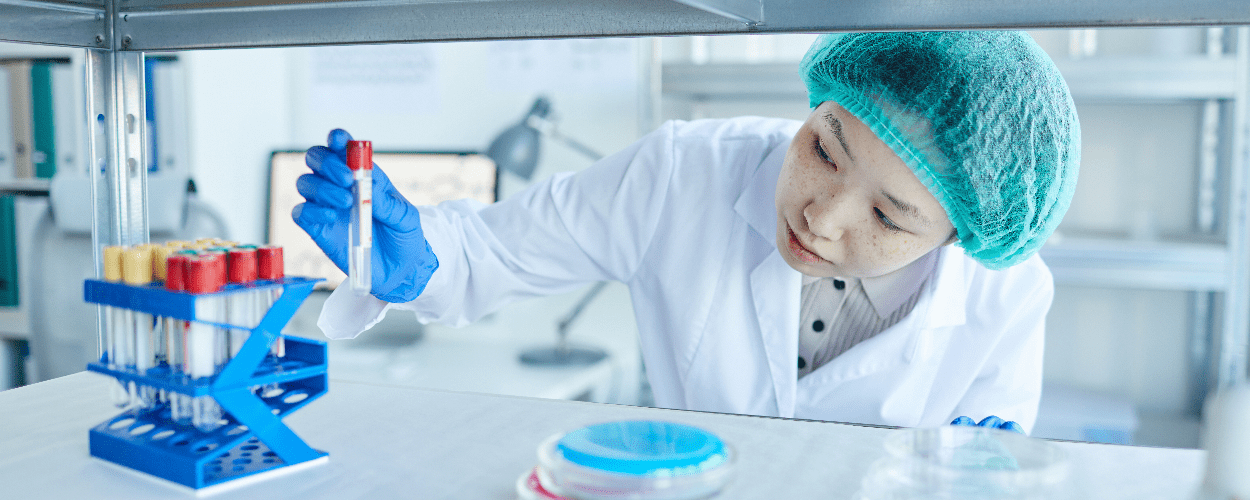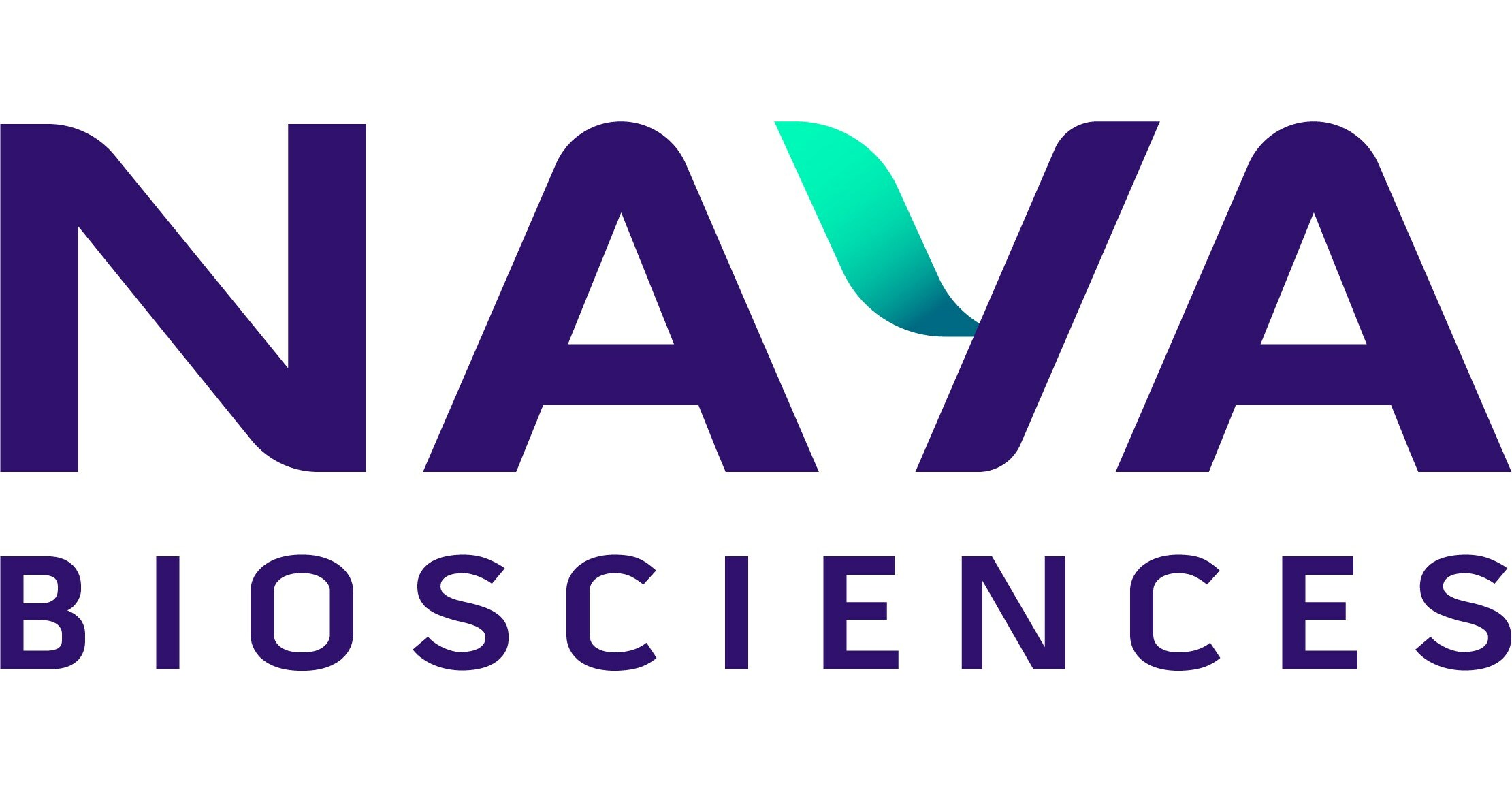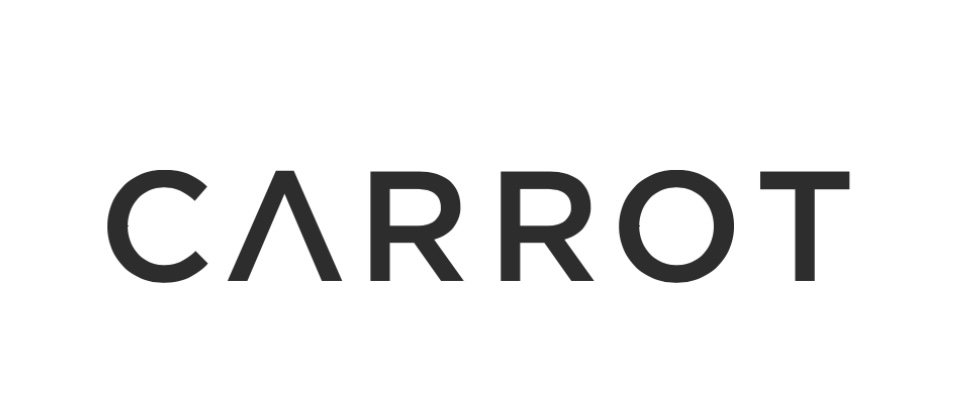"How Shaking Improves IVF Results: Exploring the Benefits and Techniques"
“Shaking” is a technique used during in vitro fertilization (IVF). It involves gently agitating the culture dish or tube containing the embryos. This technique is also known as embryo agitation or embryo shaking.
Purpose of Shaking in IVF
Shaking is done to mimic the natural movements of the fallopian tubes. This helps to transport the fertilized egg (embryo) from the ovary to the uterus. The shaking technique is believed to improve IVF outcomes by enhancing the development and quality of the embryos.
Why Shaking is beneficial
Studies have shown that shaking the embryos during IVF can increase the number of high-quality embryos and improve the pregnancy and live birth rates. It is thought that the gentle agitation helps to improve the exchange of nutrients and waste products between the embryo and the culture medium, which can promote optimal embryo development.
Other benefits of embryo shaking
Shaking can also help to remove any debris or dead cells from the culture dish or tube. It can reduce the risk of bacterial contamination and improve the overall health of the embryos.
However, it is important to note that not all IVF clinics use this technique, and its effectiveness may depend on the specific protocols and procedures used by the clinic. Always consult with a qualified fertility specialist to determine the best course of treatment for individual needs.
2 replies on ““How Shaking Improves IVF Results: Exploring the Benefits and Techniques””
Leave a Reply
You must be logged in to post a comment.










Thank you!
This is very interesting and shows a totally different approach to a very complex issue.
This has been very informative.